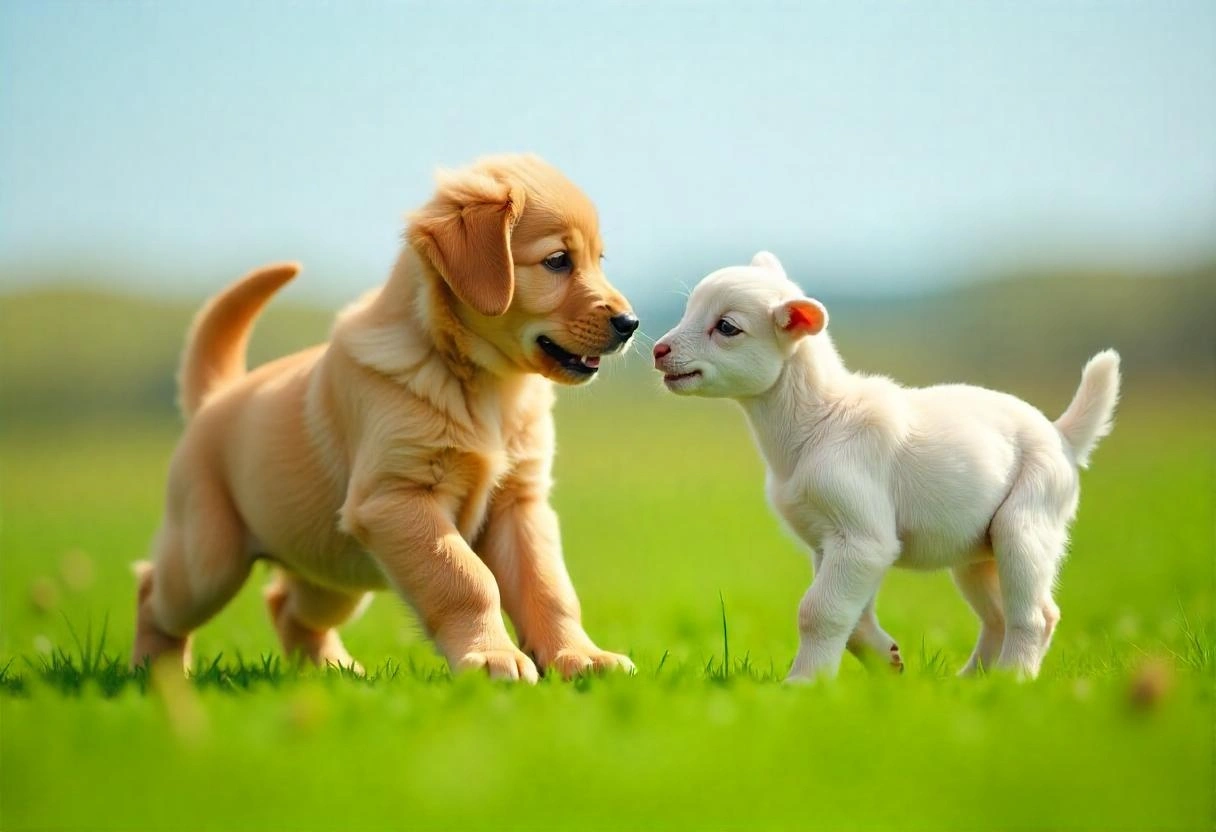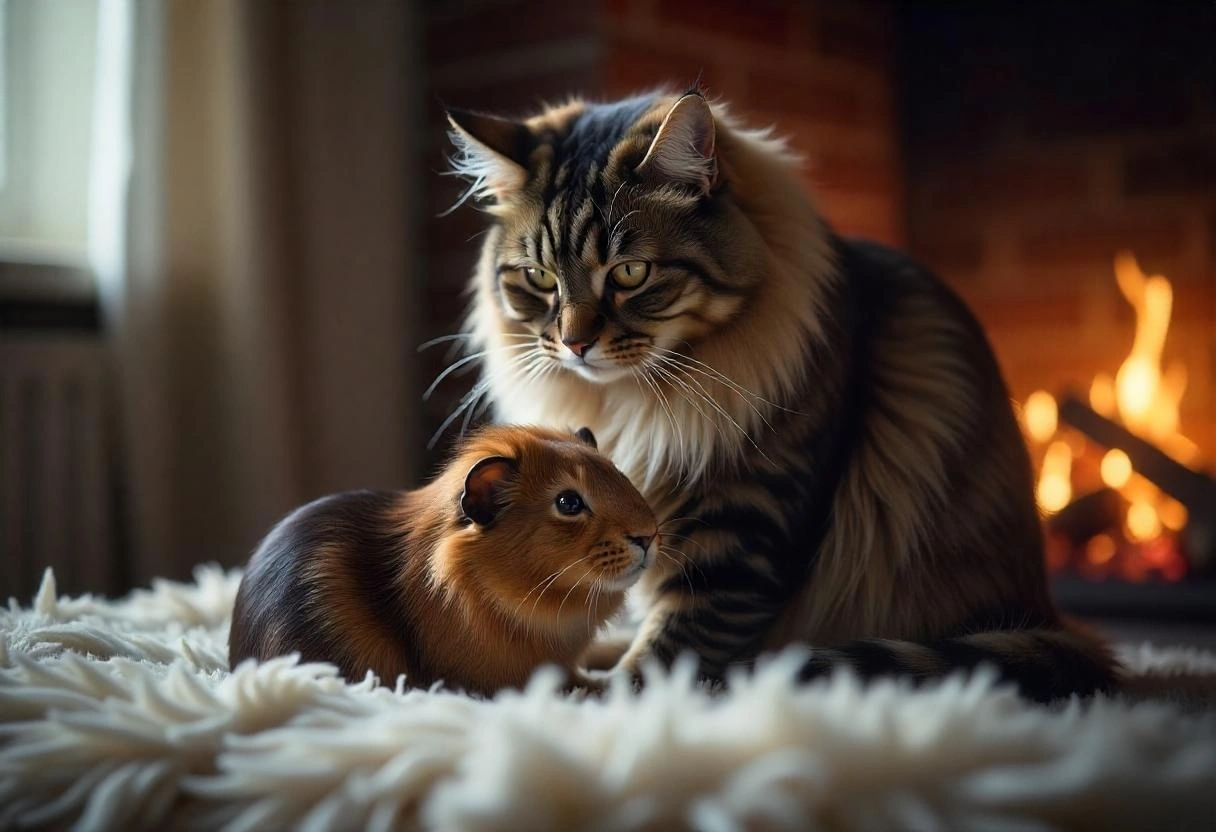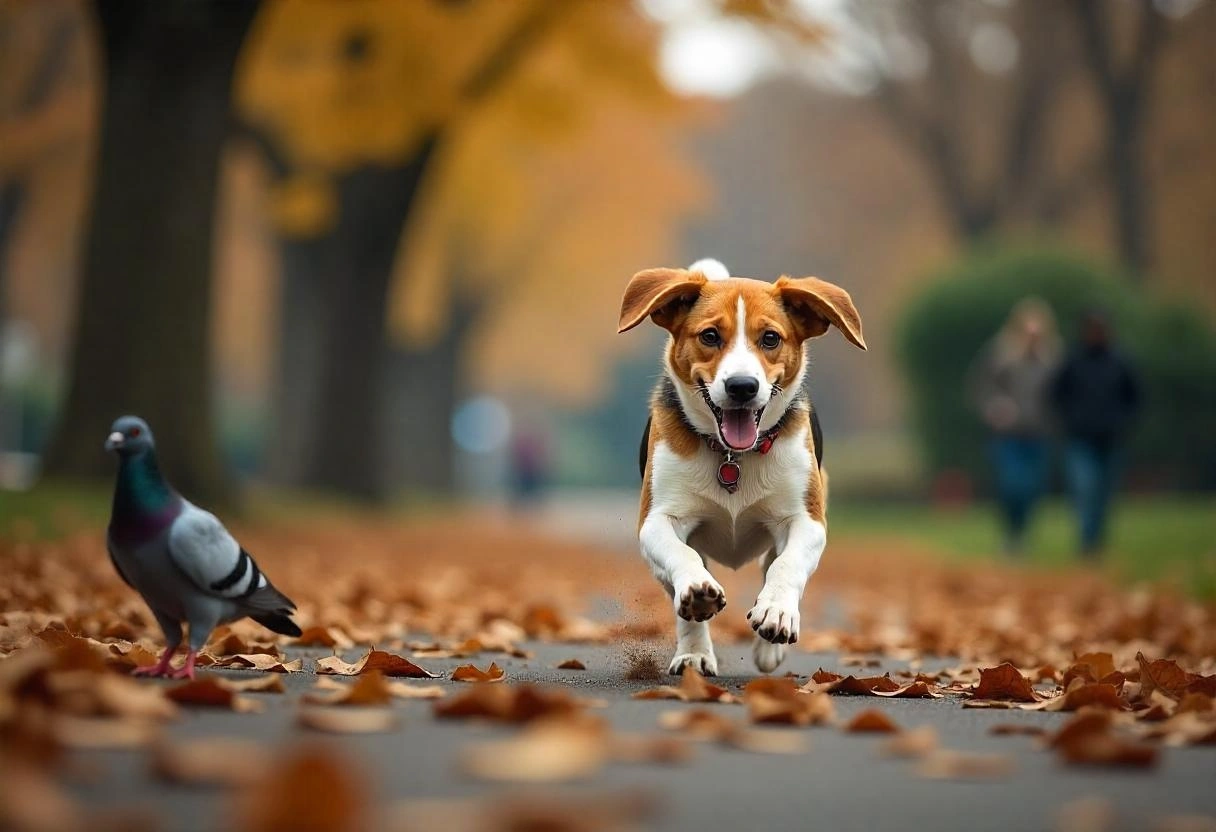Pets bring joy, companionship, and a sense of purpose to millions of households worldwide. For many pet owners, the idea of adding more animals to the home—whether another pet or a different species—raises questions about how these animals will coexist. Pet interactions with other animals can be complex, influenced by species, temperament, training, and environment. This guide explores the dynamics of pets and other animals, offering practical advice for fostering harmony in multi-pet households. From introducing a new pet to understanding animal behavior, we’ll cover everything you need to know to ensure safe and positive interactions.

keyword:
pet socialization
multi- pet households
The Importance of Pet Socialization in Multi-Pet Homes
Socialization is the foundation of successful pet interactions. When pets are exposed to other animals early in life, they learn to communicate, share space, and adapt to different behaviors. According to the American Veterinary Medical Association (AVMA), socialization during a pet’s critical developmental period—typically between 3 and 12 weeks for puppies and kittens—shapes their ability to interact with other animals later in life [AVMA, 2023]. However, even adult pets can learn to coexist with proper training and gradual introductions.
For example, dogs that are socialized with cats are less likely to view them as prey, while cats exposed to dogs may feel more comfortable sharing territory. Socialization isn’t limited to same-species interactions; it extends to pets and other animals, such as rabbits, birds, or even livestock. The key is to create positive associations through controlled, rewarding experiences.
Why Pet Socialization Matters
- Reduces aggression and fear-based behaviors
- Encourages adaptability in new environments
- Promotes mental and emotional well-being
- Prevents territorial conflicts in multi-pet households
To socialize your pet, start with short, supervised interactions in a neutral space. Use treats, toys, and praise to reinforce calm behavior. Over time, these positive experiences build confidence and reduce the likelihood of conflicts.

Key Factors Influencing Pet Interactions with Other Animals
Not all pets interact with other animals in the same way. Several factors influence how your pet will respond to a new animal in the home or environment:
1. Species and Breed
Different species have distinct communication styles. For instance, dogs rely on body language and vocalizations, while cats use subtle cues like ear position and tail flicks. Breeds also play a role; herding dogs may instinctively chase smaller animals, while some cat breeds, like the Maine Coon, are more sociable with other pets [ASPCA, 2024].
2. Temperament
A pet’s personality shapes its interactions. A confident dog may eagerly approach a new animal, while a shy cat might hide. Observing your pet’s temperament helps you anticipate their reactions and tailor introductions accordingly.
3. Past Experiences
Pets with negative experiences—such as being attacked by another animal—may be wary or aggressive. Rehabilitation through positive reinforcement can help, but it requires patience and consistency.
4. Environment
The home environment impacts pet interactions. Limited space can lead to competition for resources, while a spacious, enriched environment promotes harmony. Ensure each pet has access to food, water, and safe spaces to retreat.
Step-by-Step Guide to Pet Introductions
Introducing a new pet to your household requires careful planning to ensure safety and minimize stress. Follow these steps for successful pet introductions:
Step 1: Prepare the Environment
Create separate spaces for each pet with their own food, water, and bedding. This prevents territorial disputes and gives each animal a safe retreat. For example, when introducing a cat to a dog, provide high perches or hiding spots for the cat.
Step 2: Scent Exchange
Before a face-to-face meeting, swap bedding or toys between the animals. This allows them to become familiar with each other’s scent, reducing the shock of a new presence. A study by the Journal of Veterinary Behavior found that scent familiarity significantly lowers stress during initial meetings [Journal of Veterinary Behavior, 2022].
Step 3: Controlled Visual Introduction
Use a barrier, such as a baby gate, to allow the animals to see each other without direct contact. Observe their body language; relaxed postures indicate readiness to proceed, while growling or hissing suggests more time is needed.
Step 4: Supervised Interaction
Once both animals are comfortable, allow them to interact in a neutral space under close supervision. Keep dogs on a leash and ensure cats have an escape route. Reward calm behavior with treats and praise.
Step 5: Gradual Integration
Increase interaction time over days or weeks, depending on the animals’ comfort levels. Avoid forcing interactions, as this can lead to fear or aggression. Patience is key to building pet harmony.

Common Challenges in Multi-Pet Households
Even with careful planning, challenges can arise in multi-pet households. Here are some common issues and solutions:
Aggression
Aggression often stems from fear, territoriality, or resource guarding. To address it, identify the trigger and use desensitization techniques. For example, if a dog growls when a cat approaches its food, feed them in separate areas and gradually reduce the distance over time.
Jealousy
Pets may compete for attention, leading to behaviors like pushing or vocalizing. Ensure each pet receives individual time and affection to prevent rivalry. Interactive toys, like the KONG Classic Dog Toy, can keep pets engaged and reduce competition [Chewy, 2025].
Stress
New animals can cause stress, manifesting as hiding, reduced appetite, or excessive grooming. Pheromone diffusers, such as the Feliway Classic Diffuser, can calm cats and dogs during transitions [Feliway, 2025].
Understanding Animal Behavior for Better Interactions
To foster pet harmony, it’s essential to understand animal behavior. Pets communicate through body language, vocalizations, and scent. Misinterpreting these signals can lead to conflicts. Here are some common behaviors and their meanings:
- Dog Tail Wagging: Often indicates excitement or happiness, but rapid wagging with a stiff body can signal aggression.
- Cat Ear Position: Forward ears show curiosity, while flattened ears indicate fear or anger.
- Rabbit Thumping: A sign of alarm or discomfort, often triggered by an unfamiliar animal.
By learning these cues, you can intervene before tensions escalate. For instance, if a dog’s hackles are raised during an introduction, separate the animals and try again later.
Tips for Long-Term Pet Harmony
Achieving lasting harmony in multi-pet households requires ongoing effort. Here are expert tips to maintain positive pet interactions:
- Provide Enrichment: Toys, puzzle feeders, and regular exercise keep pets mentally stimulated and reduce boredom-related conflicts.
- Maintain Routines: Consistent feeding, play, and sleep schedules create stability, minimizing stress.
- Monitor Health: Pain or illness can make pets irritable. Regular vet checkups ensure underlying issues don’t disrupt interactions.
- Train Consistently: Commands like “stay” or “leave it” help manage interactions, especially with high-energy pets.
FAQ
1. How long does it take for pets to get along?
It varies by pet, but most animals need a few weeks to months to adjust. Gradual introductions and patience are key.
2. Can all pets live together safely?
While many pets can coexist, some combinations (e.g., predatory dogs and small prey animals) require extra caution and supervision.
3. What should I do if my pets fight?
Separate them immediately without putting yourself at risk. Identify the trigger and consult a trainer or behaviorist for guidance.
4. How can I tell if my pet is stressed by another animal?
Signs include hiding, loss of appetite, excessive grooming, or aggression. Address stress with calming products or environmental changes.
5. Is it easier to introduce a puppy or kitten to an adult pet?
Young animals are often more adaptable, but their high energy can overwhelm older pets. Controlled introductions are essential.
6. Can training improve pet interactions?
Yes, training reinforces positive behaviors and helps pets respond to commands, reducing conflicts.
7. Should I get professional help for pet introductions?
If your pets show persistent aggression or fear, a certified animal behaviorist can provide tailored strategies.
Conclusion
Navigating pet interactions with other animals is a rewarding journey that requires patience, understanding, and proactive strategies. By prioritizing pet socialization, mastering pet introductions, and fostering pet harmony, you can create a peaceful multi-pet household. Whether you’re introducing a dog to a cat or managing a diverse group of animals, the principles of respect, observation, and positive reinforcement will guide you. With the right approach, your pets can not only coexist but thrive together, enriching your home with love and connection.
References
- American Veterinary Medical Association (AVMA). (2023). Socialization of Puppies and Kittens.
- ASPCA. (2024). Breed-Specific Behaviors and Interactions.
- Journal of Veterinary Behavior. (2022). The Role of Scent in Pet Introductions.
- Chewy. (2025). KONG Classic Dog Toy Product Description.
- Feliway. (2025). Feliway Classic Diffuser for Stress Reduction.
